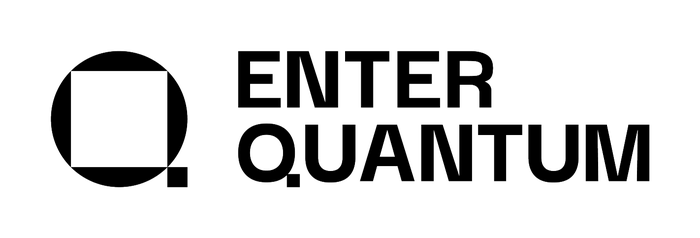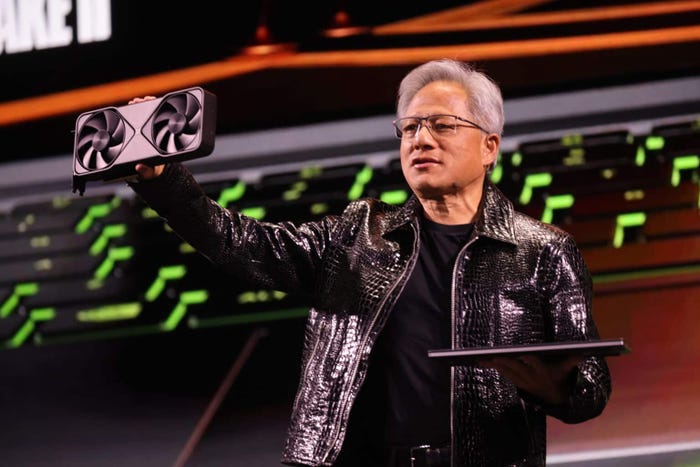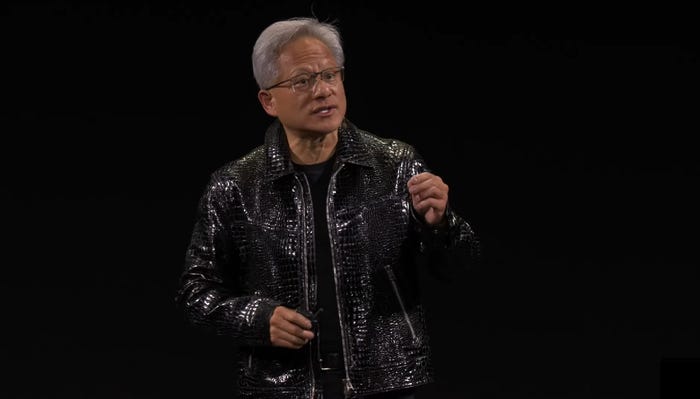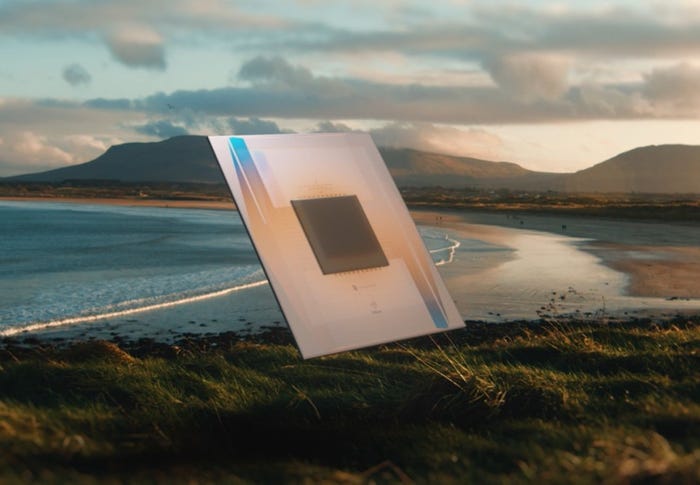
Connects decision-makers and solutions creators to what's next in quantum computing
Harvard Researchers Tackle ‘Noise’ in Quantum ComputingHarvard Researchers Tackle ‘Noise’ in Quantum Computing
Logical qubit technology could enable scalable quantum computers

One of the challenges of creating practical, scalable quantum computers is that qubits are noisy or error-prone, so error mitigation techniques are needed to return reliable results. This is why current quantum computing technology is referred to as noisy, intermediate-scale quantum (NISQ) devices.
One way researchers are attempting to overcome this is with logical qubits, which are error-corrected to maintain their quantum state so they can solve problems more effectively.
A Harvard-led team working on the Defense Advanced Research Projects Agency- (DARPA) funded optimization with NISQ devices (ONISQ) program has taken a step towards fault-tolerant quantum computing by building the first-ever quantum circuit with logical qubits.
The ONISQ program began in 2020, aiming to combine quantum computers with classical supercomputers to solve optimization problems for defense and commercial industries.
Teams were allocated different types of qubits to study, including superconducting, ion and Rydberg atomic qubits, which involve exciting an atom's electrons until they are further from the nucleus.
The Harvard research team, supported by MIT, QuEra Computing, Caltech and Princeton, explored the Rydberg qubits. Although, like the other types of qubits, they are noisy on their own, used in an array they can make error-correcting logical qubits.
The researchers built quantum circuits with about 48 Rydberg logical qubits, the largest number of logical qubits in existence. They said scaling them should be straightforward as Rydberg qubits are interchangeable, unlike superconducting qubits, which are unique and can be readily manipulated to create scalable quantum processors.
“The homogeneity of Rydberg qubits allows them to scale rapidly and also allows them to be manipulated and moved around easily using lasers on a quantum circuit,” said DARPA defense science ONISQ program manager Mukund Vengalattore. “This overcomes the current error-prone methods of performing qubit operations by having to connect them sequentially, which propagates errors throughout the chip.”
More than 48 logical qubits will be needed to solve any big quantum computing problems, but the new research means that fault-tolerant quantum computers could be built using fewer physical qubits than previously anticipated.
About the Author
You May Also Like
.png?width=100&auto=webp&quality=80&disable=upscale)
.png?width=400&auto=webp&quality=80&disable=upscale)




